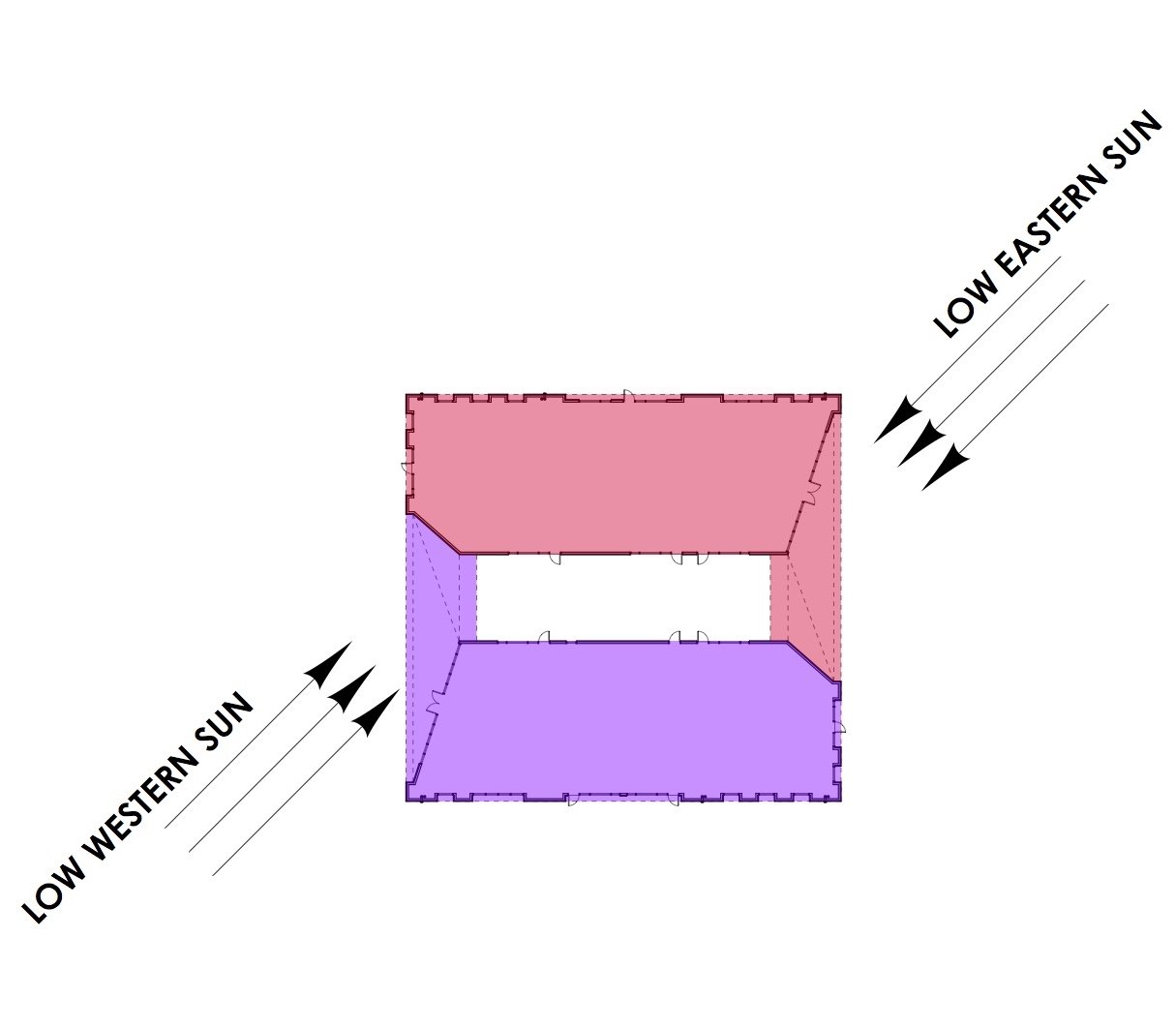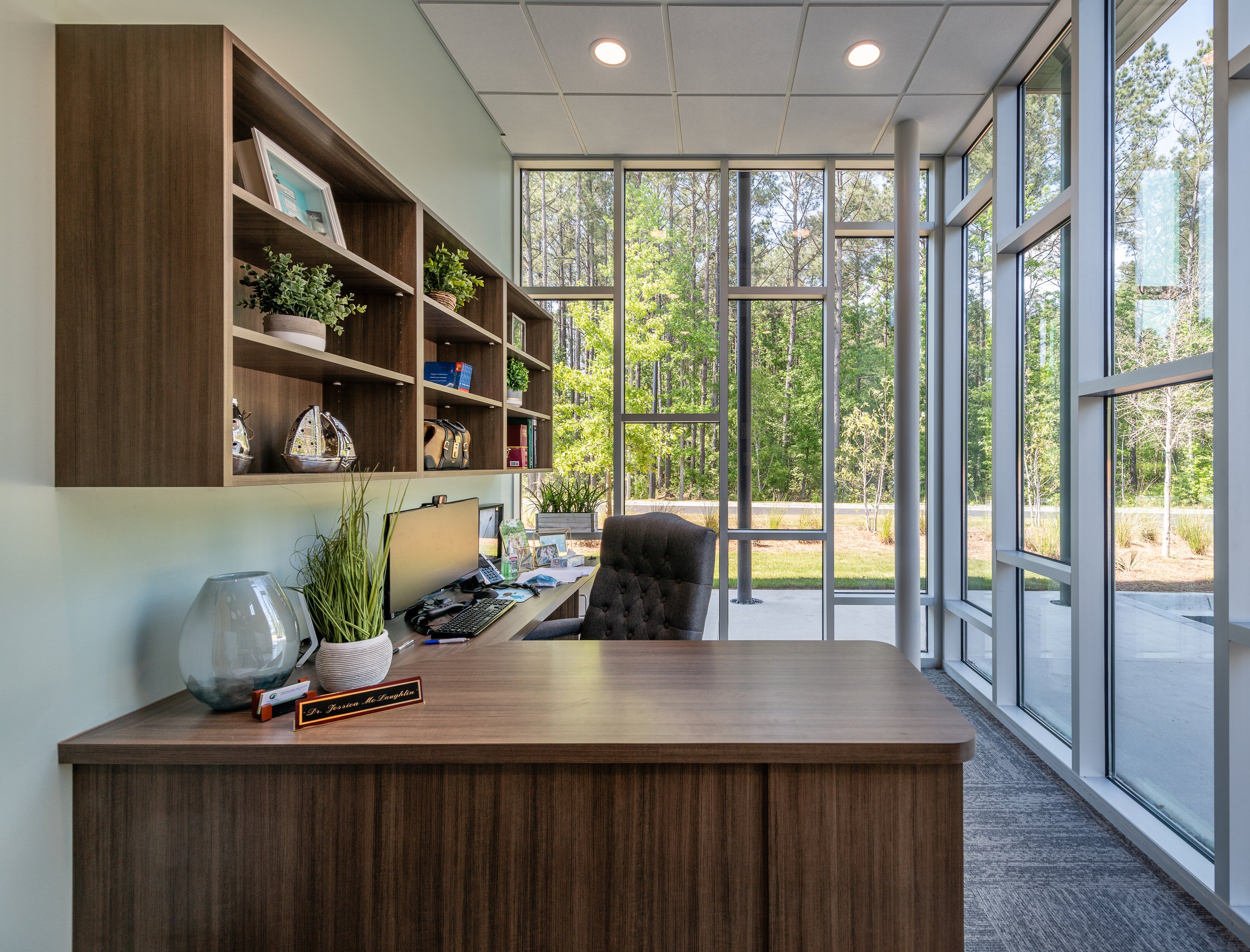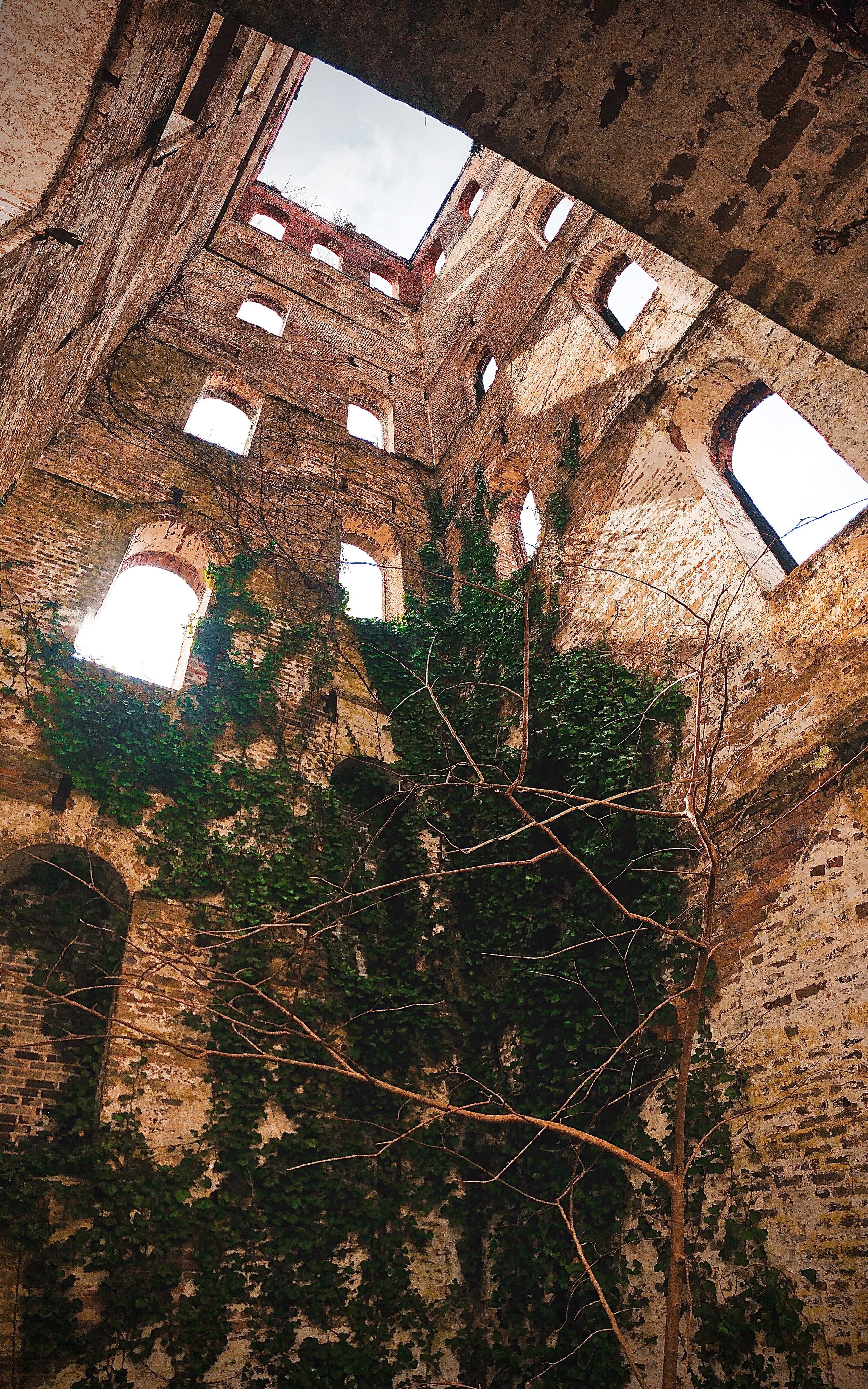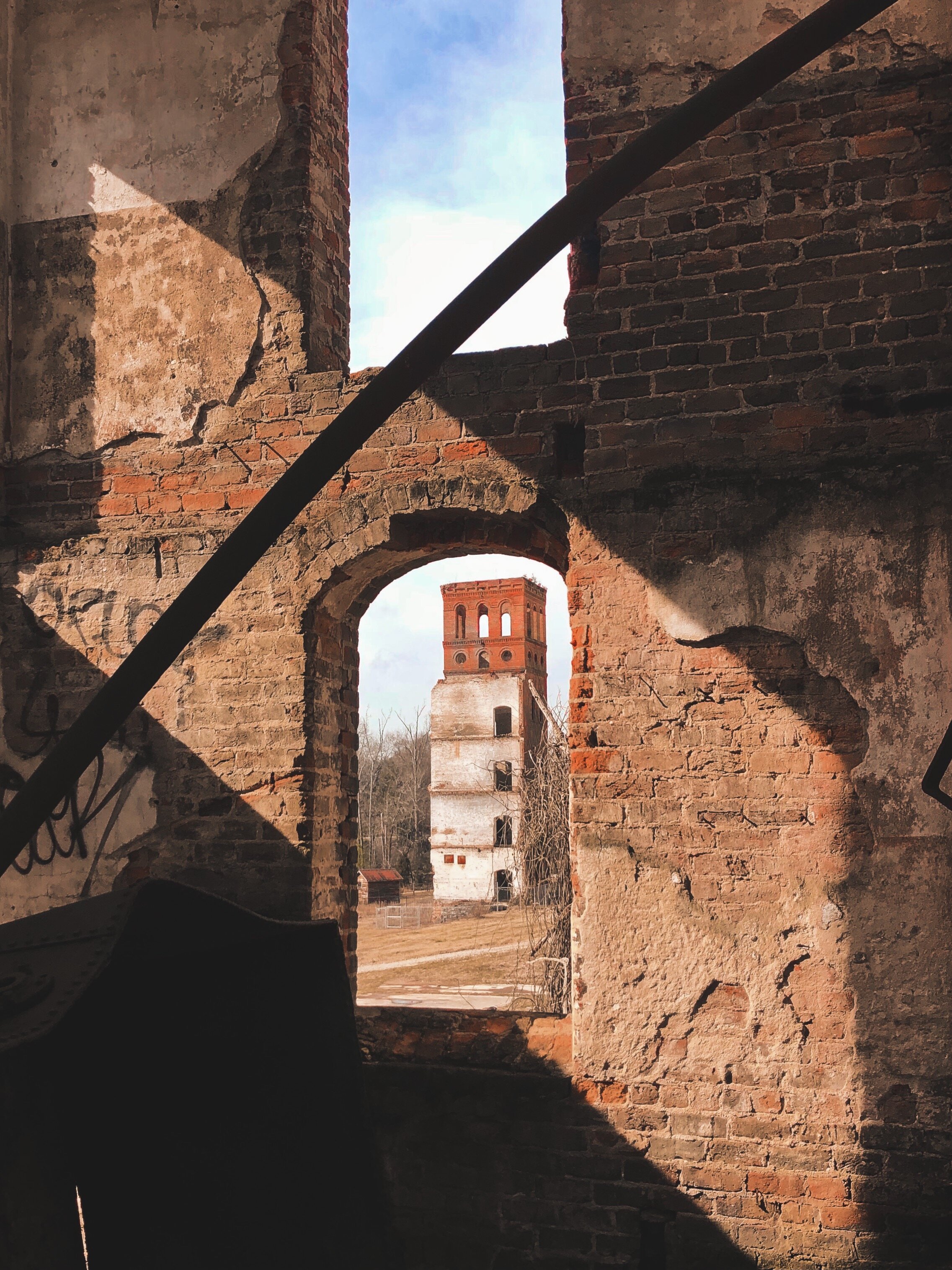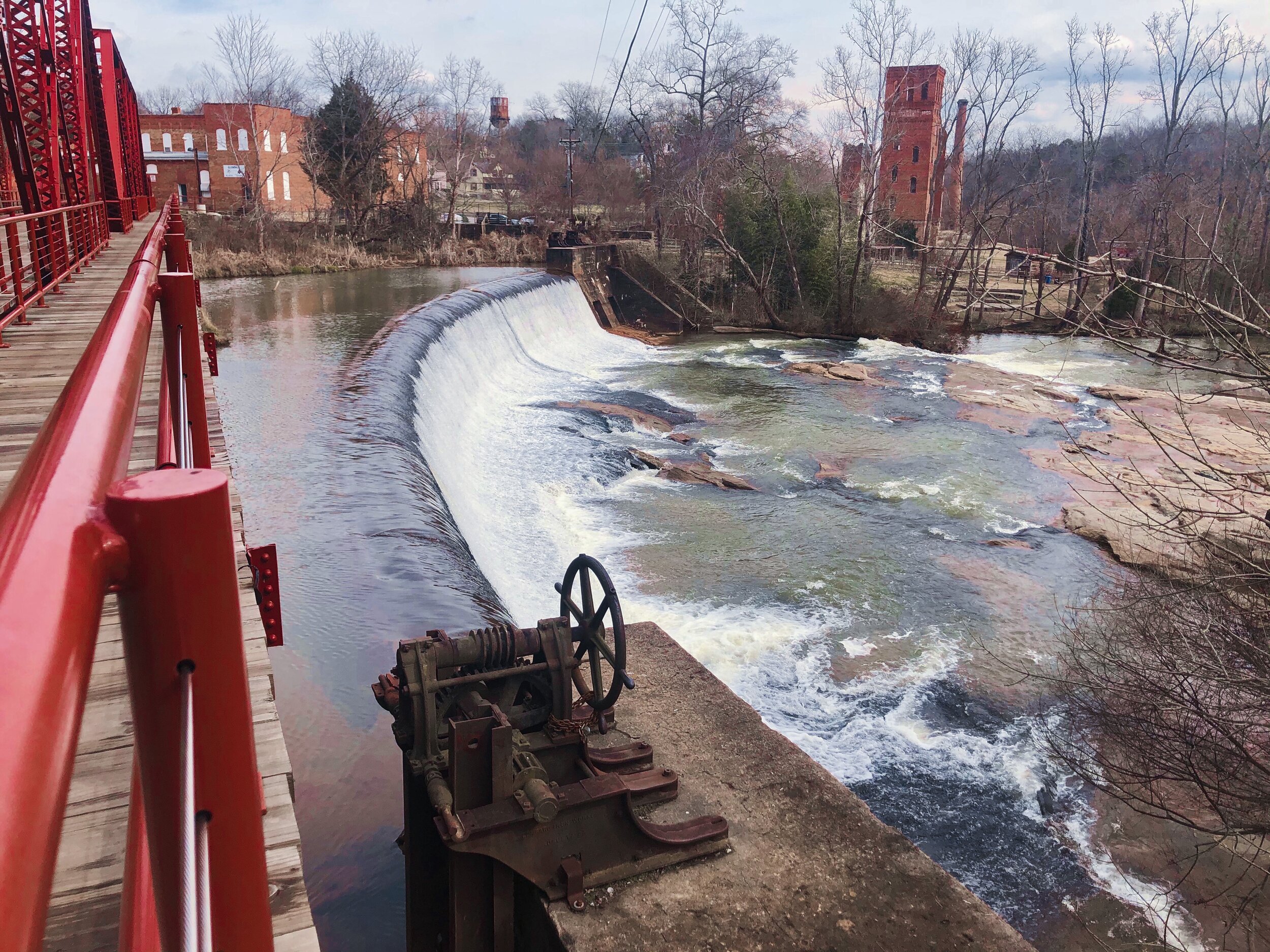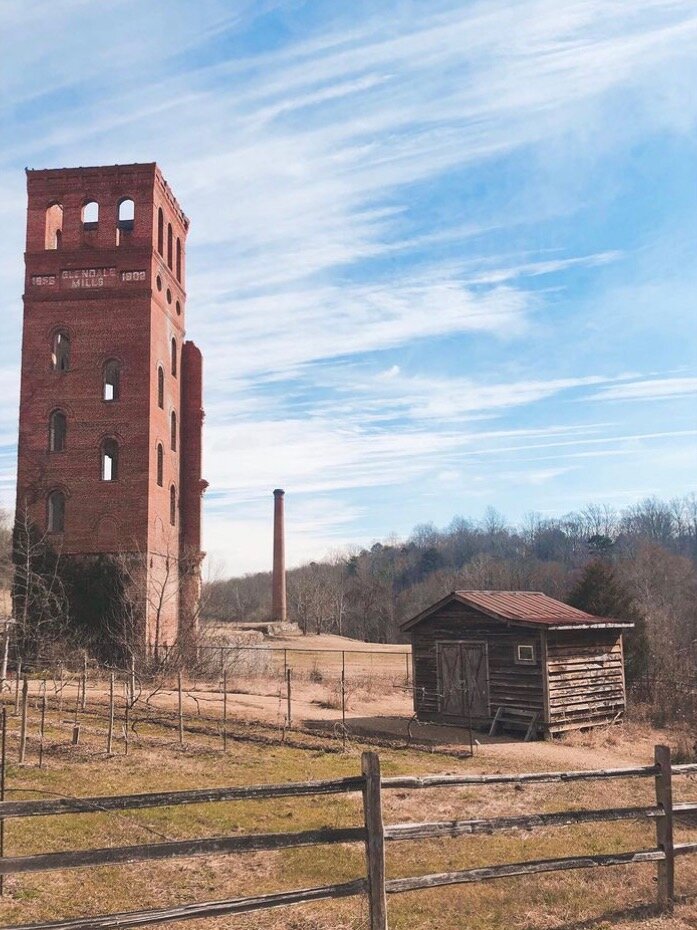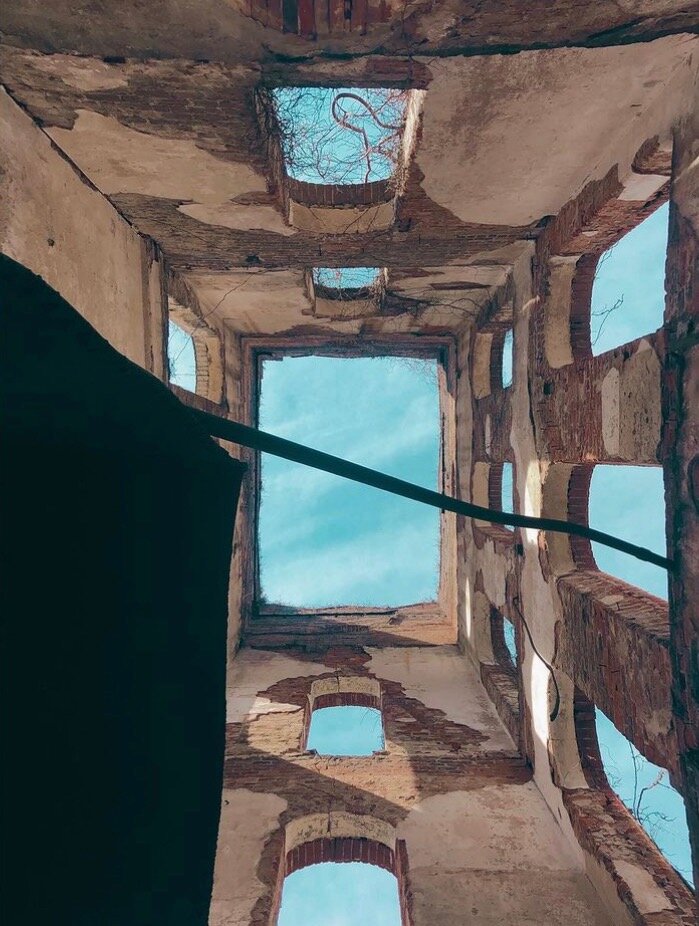“An underlying premise of incorporating nature into the built environment is that when people are regularly in contact with nature, personal health and well-being will improve in a manner and to a degree that contributes meaningfully to public health, community resilience and environmental stewardship.” Catherine O. Ryan + William D. Brown
In their new book, “Nature Inside: A Biophilic Design Guide” published by RIBA in 2021, William D. Browning and Catherine O. Ryan share a comprehensive look at what biophilia means and how biophilic design can benefit the inhabitants of the built environment. In an era where the average American spends 90% of their time inside and more people live in cities than rural areas, attention to the design of the built environment to increase well-being and a connection to nature is constantly on our minds. As architects, this book proved to be an inspiring resource for our current and future work; see below for our take-aways.
DEFINITION
Biophilia is defined as the innate human instinct to connect with nature and other living beings. Bio (life) + Philia (to love) was first coined in 1964 by the social psychologist Erich Fromm and gained traction in the mid 1980s after Edward O. Wilson published “Biophilia: The Human Bond with Other Species.” Biophilic design explores the connectivity of the built environment to the natural environment through the use of direct nature, indirect nature and space / place conditions.
PATTERN LANGUAGE
1 NATURE IN THE SPACE: This includes a visual connection with nature from inside the building, non-visual connections (auditory or haptic for instance), presence of water and light patterns that create conditions similar to those that occur in nature.
2 NATURAL ANALOGUES: Incorporating biomorphic forms and patterns that are symbolic references to patterns and textures found in nature.
3 NATURE OF THE SPACE: Interesting thoughts about the preferred landscape being the Savannah which includes both “Prospect” (an unimpeded view over a distance for surveillance and decision making) and “Refuge” (a place for withdrawal, from environmental conditions or the main flow of activity in which the individual is protected from behind and overhead.)
SCIENTIFIC CASE
Healing and Stress Reduction was famously tested by Roger Ulrich who studied two groups of surgery patients - one had a view of nature from their rooms and the other had a view of a brick wall out of their windows. The group with the view of trees and shrubs took less recovery time overall, had fewer nurse calls and took less painkillers. And in a tee-up for the term ‘forest-bathing’ - “In Japan and Korea, research has been conducted to gauge the effect of walking or sitting in a forest as opposed to walking or sitting on an urban street. The time in the forest led to lower measurements of blood pressure, heart rate and the cortisol stress hormone.” Cognitive response was also studied to test the theory of increased cognitive capacity after exposure to nature.
BUSINESS CASE
Understanding that some folks may need additional data to incorporate biophilic design elements into their building, the book includes evidence of direct economic benefits including productivity levels, retail sales and property value. Specific to the office environment, a healthy space with proper air quality, designed with natural elements incorporated has been shown to reduce absenteeism and improve employee satisfaction. Biophilic design goes beyond sprinkling some plants through out the office; reference this chart from the book for a synthesized look at what Biophlic Design Patterns improve physiological responses, cognitive functioning and emotional / mood baselines. (Our two cents - no amount of great design will neutralize toxic work environments caused by humans and unrealistic productivity expectations which is a very real epidemic.)
BIOPHILIC DESIGN IN THE OFFICE
We can all agree that the evolution of office workplace has had some lows as more of the work force moved away from agricultural and factory settings into offie space - think of the monotony of cubicle farms with high walls obscuring any windows. “For most adults, the workplace is where substantial daytime hours are spent…emphasis on effective daylighting, thoughtful spatial configurations, a multi-sensory experience and when possible, natural ventilation strategies, interior greenery and ample views to nature, create dynamic and healthful workplace experiences. The case study comparison of COOKFOX Architects’ offices demonstrate this concept through increasing daylight and views, providing access to outdoor green rooftops and the use of natural materials among other strategies.
In the words of Thomas Heatherwick from the book’s introduction, “Nature has infinite lessons for designers.” We are taking notes.


